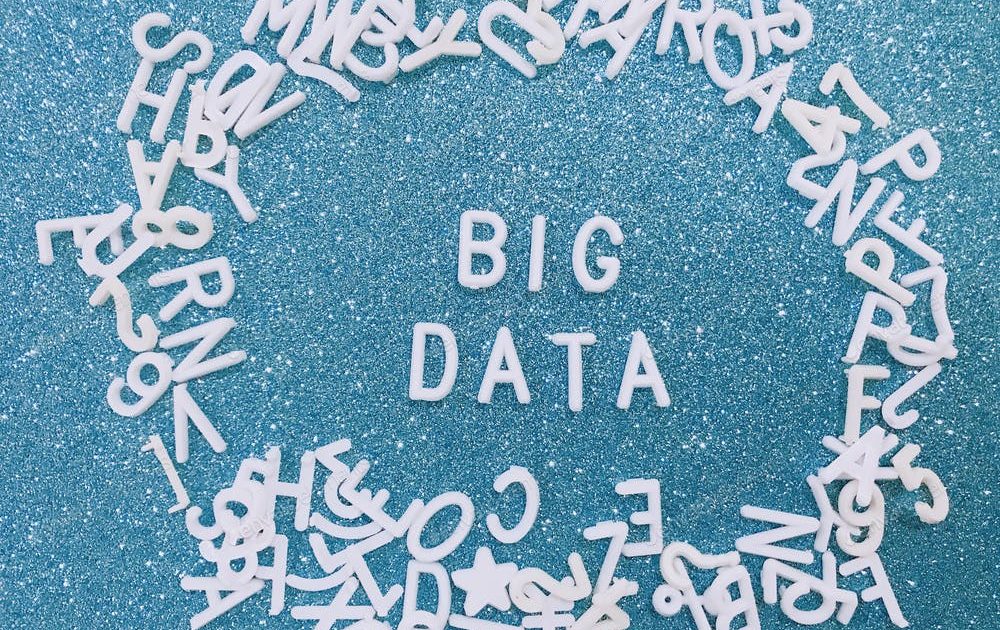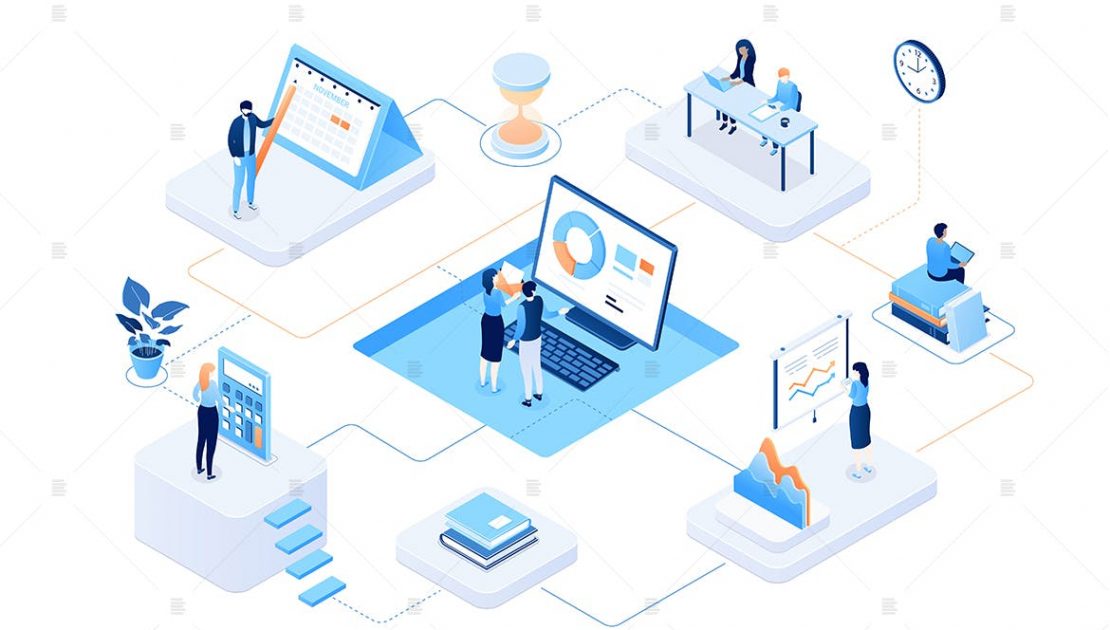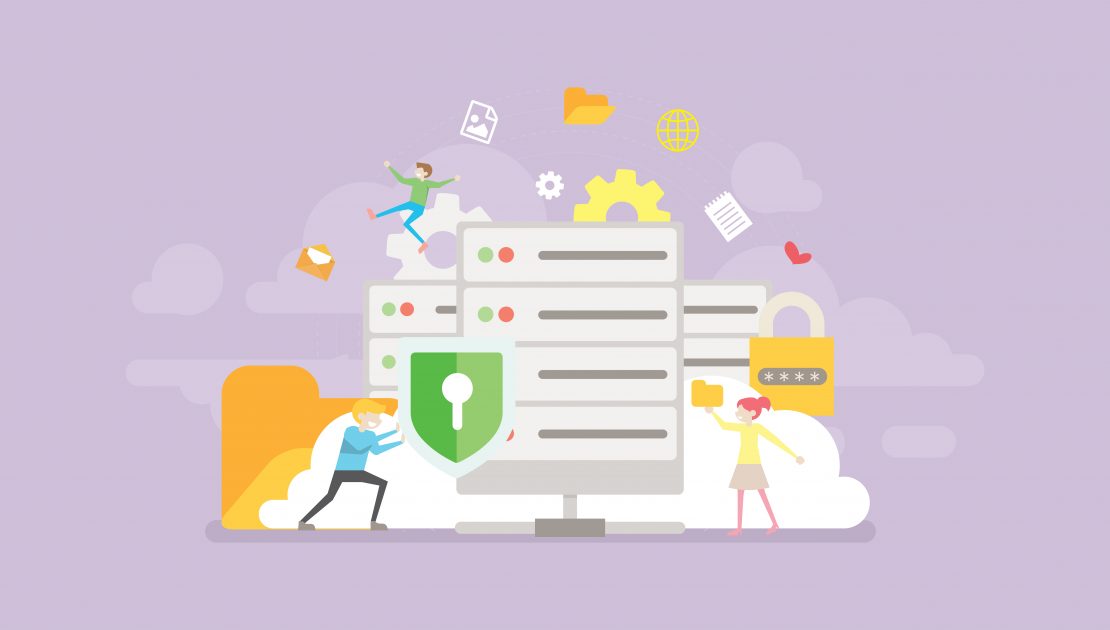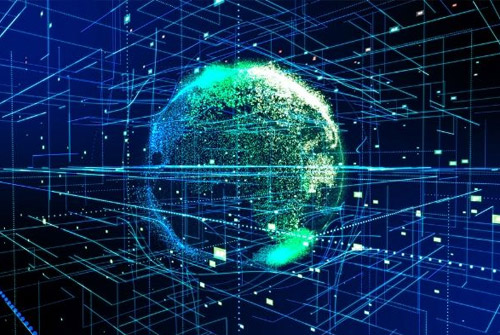Over the past decade or so, analytics has been revolutionized. Data became big and exploded.
Companies got access to the cloud. Insightful data visualizations and interactive business dashboards have taken the front seat while spreadsheets have taken the backseat.
The rise of self-service analytics democratized the data product chain.
Now in 2021, advanced analytics is not just for analysts.
Self-driving cars, autonomous delivery drones and robots are the headline face of the digital transformation that we see around us today.
None of these would be available, though without data – the oil of the fourth industrial revolution – and the analytics technology we’ve built to allow us to interpret and understand this.
Latest Trends in Big Data Analytics
You might be surprised to know that currently the rate at which data is being produced is twice as much that was produced over decades’ years ago.
Yes!
That’s true, and most of don’t even realize how much data is being produced just by browsing the internet.
If you don’t want the latest trends in big data analytics to catch you off guard in future, pay attention to these current trends in big data analytics.
Data is becoming pervasive in business – it’s easy to assume all top corporations and enterprises have built core competencies around big data analytics.
The harsh matter though is XYZ percentage of IT leaders say that their big data environment is chaotic.
So now that we understand the importance of the big data analytics; let’s delve deeper into the top eight trends shaping the future of analytics.
- Data as a Service
- Predictive Analytics
- Quantum Computing
- Edge Computing
- Hybrid Clouds and the edge
- Dark Data
- Data Fabric
- The rise of DataOps





